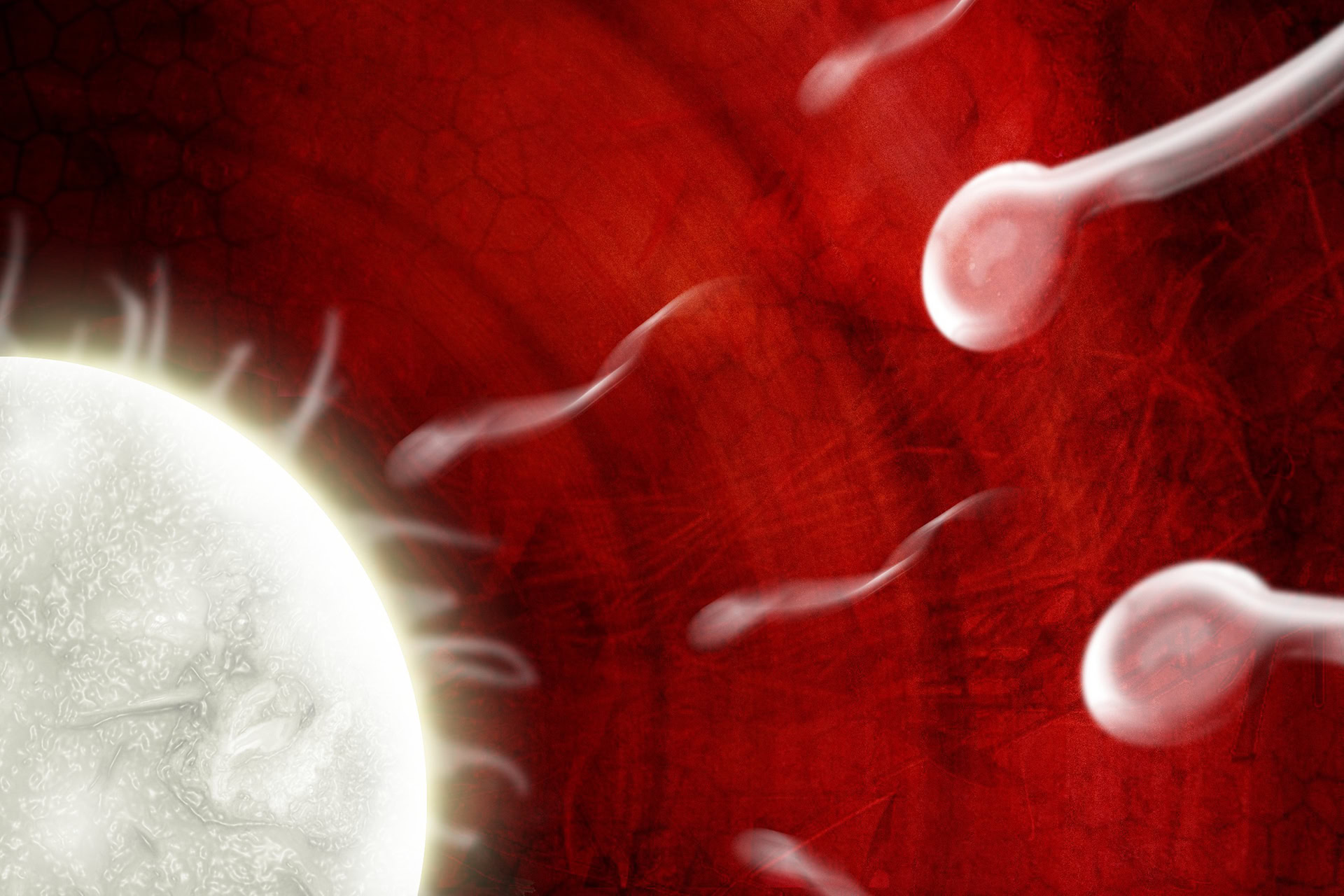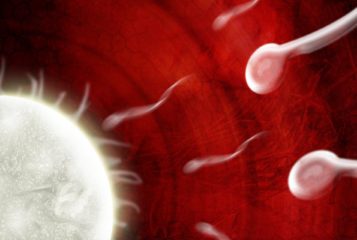One of the questions facing legislators considering changes to UK legislation regulating the provision of assisted conception procedures is the extent to which formal measures may increase the likelihood of donor-conceived people being informed about their origins.
The background to these considerations includes the 2005 legislative change enabling a donor-conceived person to learn the identity of his or her donor and research evidence indicating that relatively few parents of donor-conceived children (and, in particular, heterosexual parents using donor insemination) inform their children about their conception.
Evidence from Sweden, where donor anonymity was abolished in 1985, suggests that the level of parental disclosure increases over time (1). However, key questions remaining are whether the 'natural' pace of change is quick enough, and whether those parents who left to their own devices remain unlikely to tell their children can be encouraged to do so.
Annotation of the birth certificates of donor-conceived people has been proposed as a possible means of ensuring that more donor-conceived people learn of their status (2-4). The government has indicated its preference for educational rather than legislative measures to promote disclosure (5). However, in response to peers' concerns, it has offered further discussions before the Human Fertilisation and Embryology Bill reaches the Report stage in the House of Lords.
Any measure in this direction seeking serious consideration must ensure that individual privacy is not compromised and that additional bureaucracy and public expense are proportionate. Furthermore it must recognise the involvement of two state agencies when a child is born as a result of a donor procedure: the HFEA (through its register of information) and one of the UK's three General Register Offices (GROs) (England and Wales, Northern Ireland, Scotland). Currently there are no provisions for ensuring co-ordination of information between the HFEA and GROs. Doing so seems to offer a way of achieving, to a large extent, the objective of ensuring that more donor-conceived people become aware of their conception, while recognising that no system can guarantee total compliance (since one thing we can be sure of is that wherever there are rules someone will break them).
A possible model can be suggested, and outlined as follows:
- The HFEA notifies the relevant GRO of all donor-conceived births;
- The GRO records a link between its own birth registration and the HFEA records;
- When an application for a birth record is made to a GRO and it is satisfied that the applicant is either the individual to whom the registration relates or his or her legal parent - and those persons only - the 'full' birth certificate that is provided will indicate that the HFEA Register contains information regarding the individual to whom the certificate relates. (This could be achieved by means of an appendix to the certificate which may be detached if the certificate is subsequently required for purposes such as a passport application). As now, an un-annotated birth certificate will be provided by GRO to any other applicant;if the individual chooses to contact the HFEA, existing measures with regard to applications to the HFEA Register of Information will come into operation;
- Information and advice concerning birth registration should be provided to people undergoing a donor procedure as part of the information, counselling and other preparation provided by a licensed treatment centre to persons undergoing a donor procedure. This should be mandatory and specified as such in the HFEA Code of Practice. Ongoing information, advice and support should also be made available to the family following the birth of a child.
The registration of a child's birth is likely to precede the formal linking of HFEA and GRO data, and so remains reliant on parental veracity.
However, non-compliance should be greatly minimised by the provision of information and advice as outlined above; coupled with the knowledge of the future co-ordination of HFEA and GRO records and the knowledge that if the donor-conceived person requests a birth certificate from GRO, this will indicate his or her status.
This proposal not only safeguards individuals' privacy, so that the donor-conceived person or his or her legal parents only will be able to access information disclosing the donor-conceived person's status, but also would not establish any provisions different from those currently regulating public access to birth records that would alert any other enquirer to the possibility of donor-conception. It also avoids establishing a completely separate registration system for donor-conceived births. The downside is that it would involve additional resources insofar as GROs and the HFEA will have to establish systems for the recording of this information. However, since the state legitimises donor conception, it seems perfectly reasonable that it should accept the responsibility this entails. In any event, the limited numbers of individuals involved indicate that any such resource requirements are proportionate.
A more radical version of this model, but which could ultimately reduce bureaucracy, would transfer responsibility for the HFEA Register to the GROs - a model adopted for New Zealand's Human Assisted Reproductive Technology (HART) Register (6). A persuasive case could probably be made for this also.
The GROs' current responsibilities and track record for safeguarding sensitive data relating to the Adopted Children, Parental Order, Stillbirth and Gender Recognition Registers indicate that this information would be in safe hands (a not-insignificant consideration at the present time).





Leave a Reply
You must be logged in to post a comment.